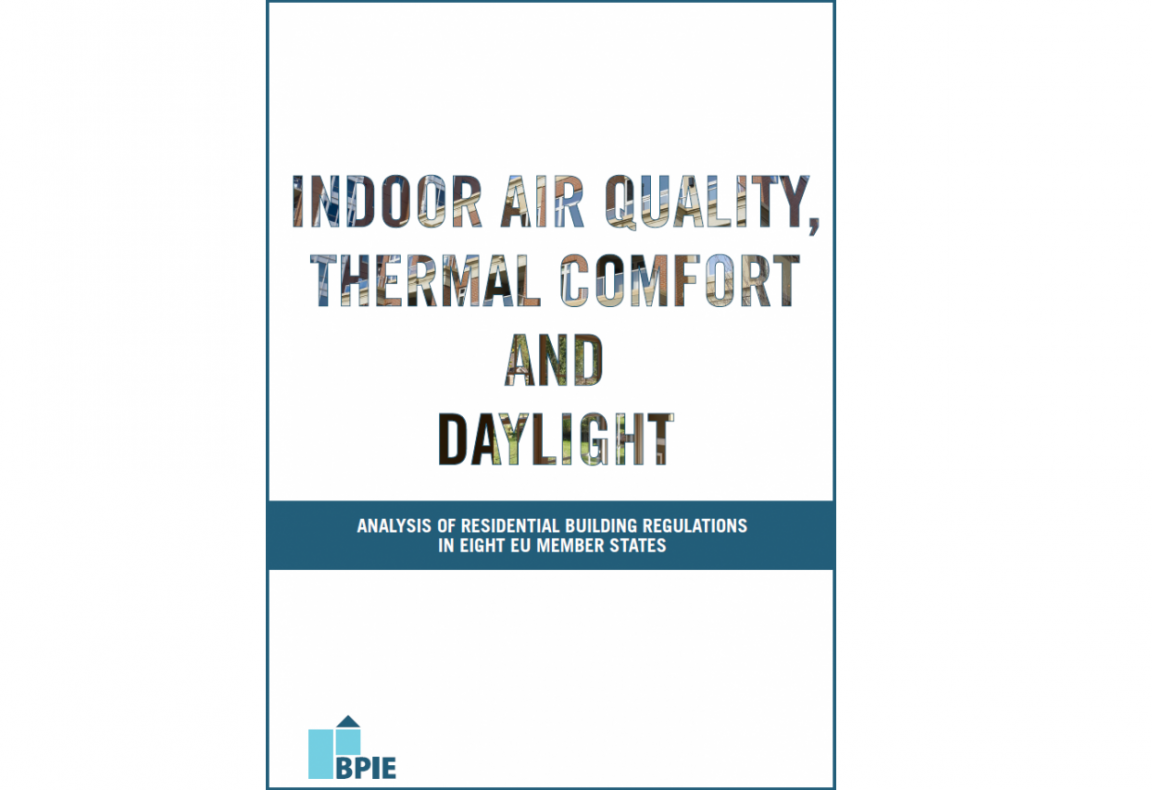Indoor air quality, thermal comfort and daylight. An analysis of residential building regulations in 8 Member States

BPIE recently launched a report about IAQ, thermal comfort and daylight requirements in selected MS which addresses a range of topics increasingly important for European buildings and their inhabitants.
The overall aim of the report is to provide an overview of the regulatory framework for IAQ, thermal comfort and daylight, and to highlight the importance of having appropriate requirements for thermal comfort, ventilation and daylight conditions. The report provides concluding recommendations for further policy development relevant for indoor climate.
The assessment focuses on the respective building codes for new and existing residential buildings in selected MS: Belgium (Brussels Region), Denmark, France, Germany, Italy, Poland, Sweden and the UK (England and Wales).
A critical and comparative evaluation is provided whilst best practice approaches are highlighted.
Between 30 to 50% of excess winter deaths can be attributed to cold indoor temperatures, demonstrating the importance of thermal comfort and its link to fuel poverty. Key aspects to ensure good conditions for building occupants include thermal comfort, indoor air quality and daylight. Despite these links, the requirements for indoor air quality and thermal comfort are not comprehensive and clear enough in the eight surveyed countries. BPIE identified gaps in regulation to ensure that European citizens live in highly efficient, healthy, comfortable and well lit buildings. Considering that people spend 60 to 90% of their life in buildings, the subject should get a prominent space in legislation.
At the EU level, while indoor climate is mentioned in the EPBD, the importance of indoor air quality, thermal comfort and daylight has to be strengthened in a future recast. These aspects could be integrated in the Energy Performance Certification process as relevant information of the actual living conditions in the building. The co-benefits of thermal comfort and a healthy indoor environment should be taken into account when assessing the macroeconomic impact of energy renovation measures (e.g. reduction of health service costs). Such requirements should also be reflected in national renovation strategies as developed under articles 4 and 5 of the Energy Efficiency Directive.



